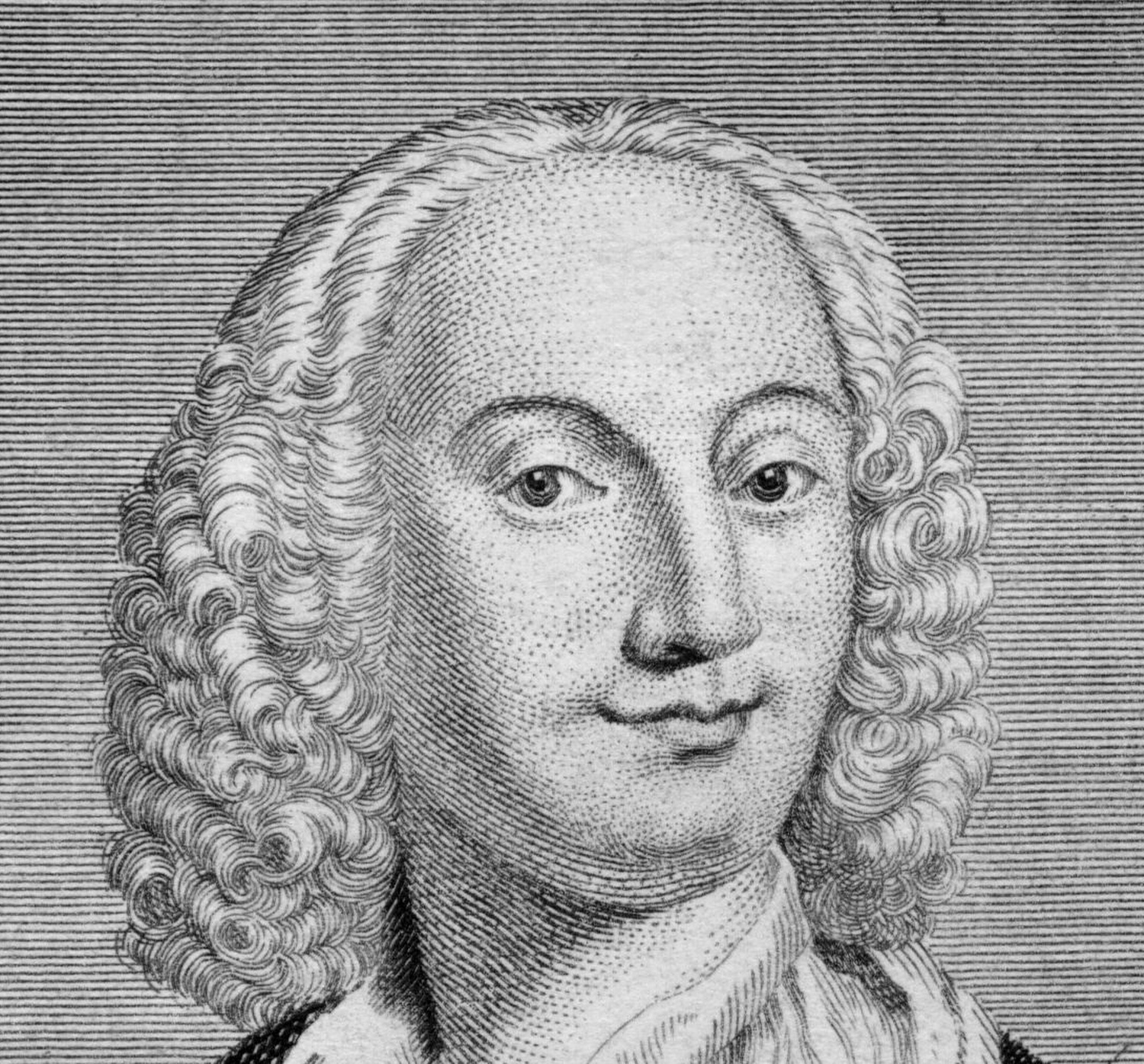MCO Virtuosi’s debut performance, Viva Vivaldi!, will be performed on Thursday 20 March at Melbourne Recital Centre and on six dates as part of our touring schedule in Sale, Horsham, Mildura, Shepparton, Albury & Moonee Ponds.
Concert Notes
This program centres on Antonio Vivaldi. The incomparable Pachelbel Canon was composed by an older contemporary, and the work by Astor Piazzolla, The Four Seasons of Buenos Aires, shares a kinship with the younger Italian composer.
Johann Pachelbel (1653-1706) was a German composer, organist and teacher. Although his life began and ended in Nuremberg, he lived in a number of southern German and Austrian cites. His large output includes sacred and secular music, but he is particularly remembered for his contributions to the development of the chorale prelude and fugue.
The circumstances of the composition of the Canon are unknown, but it is speculated that it was written in 1694. The work was composed in two movements – Canon and Gigue for 3 violins and basso continuo in D major. Today’s performance is the Canon only, which is undoubtedly his most famous composition.
Pachelbel’s Canon has been the inspiration for numerous popular songs (by groups such as the Beatles, Dire Straits and U2), movie and television series’ themes, and commercials. The diversity of its broad influence has been brought together in Rob Paravonian’s “Pachelbel Rant”, which can be seen on YouTube, and there are many websites devoted to the work.
The first publication of the Canon was not until 1919. In this most popular of works Pachelbel skilfully combined a Canon (a polyphonic device in which several voices play the same music) and a ground-bass (a repeated independent voice, in this case the continuo).
Antonio Vivaldi (1678-1741) is regarded as one of the most original and influential Italian composers of his generation. His contributions to musical style, violin technique and the art of orchestration were substantial. Although not an inventor of musical forms, he creatively adapted, refined and expanded them. His output was prodigious, and he wrote across a range of genres including masses, vespers, motets, cantatas, oratorios and operas. His instrumental works include solo sonatas, trio sonatas, sinfonia and concerti. He wrote approximately 500 concerti with about 350 for solo instrument and strings, including violin, viola d’amore, cello, oboe, flute, bassoon, mandolin and recorder. The concerti generally follow the three movement plan of fast-slow-fast. It is within this form that we start to see the development of the role of the soloist – particularly in the first movement.
The Concerto in G major RV151 and the Concerto in C major RV 109 are concerti without soloists. The form is one of the predecessors of the Classical symphony. Both concerti, which are cast as three movement works, are exquisite miniatures that bring together great contrast and virtuosic display from the ensemble.
The Concerto in D minor for two violins and cello RV565 is from L’Estro Armonico (Harmonic Inspiration) Op. 3 – a collection of twelve concerti for one, two and four violins written in 1711. The collection is regarded as among the most influential compositions of the time, with some being transcribed J. S. Bach. The D minor concerto is filled with exhilarating passion and contrast. Of particular note is the exceptional fugue that concludes the first movement. The quiet and passionate lament of the second movement gives way to the excitement of the final movement.
Vivaldi’s most popular Four Seasons (Le quattro stagioni) is the first four of twelve concerti for solo violin, strings and continuo composed in 1723 and published in 1725 as Il cimento dell’armonia e dell’inventione (The Contest between Harmony and Invention) Op. 8. Each concerto includes evocative characteristics of the particular season it represents. All four are in three movements (fast, slow, fast).
The Argentinian composer Astor Piazzolla (1921-1992) is closely associated with the Tango. His work brings together the traditional tango with elements of jazz and classical music.
Cuatro Estaciones Porteñas, or The Four Seasons of Buenos Aires, is a set of four tango compositions originally conceived as different compositions rather than one suite and scored for violin (viola), piano, electric guitar, double bass and bandoneón. They capture the changing moods of the seasons through a vast emotional range. Between 1996 and 1998 the Russian composer, Leonid Desyatnikov, arranged the four pieces for solo violin and string orchestra. In each movement he included quotations from Vivaldi’s Four Seasons. His arrangement of Primavera Porteña (Buenos Aires Spring), the third of the four seasons, was written by Piazolla in 1970.
David Forrest

